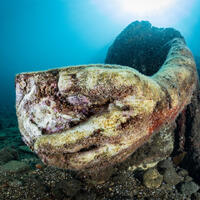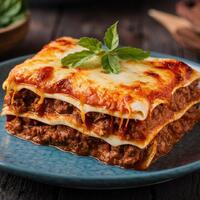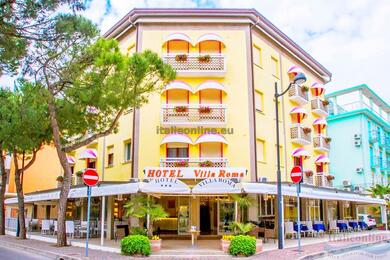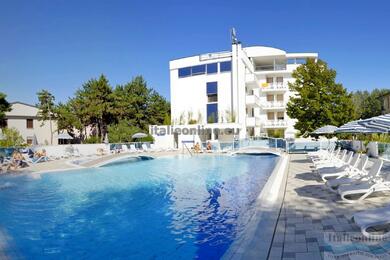burrata was first produced in the early 20th century, around 1920, in the town of Andria in the Murgia region of Puglia. Legend has it that it was created because the farmers needed to preserve the cream, which could not be transported anywhere due to the severe frosts and transport complications. So they decided to seal the cream in small bags made of mozzarella. And so the first burrata were made.
And how are burrata made? Fresh cow's milk is heated and mixed with rennet to make curd. This is stretched and kneaded into a smooth, elastic consistency, creating an outer shell similar to mozzarella. The magic of burrata lies in its filling. The outer wrapper is filled with stracciatella (a mixture of cream and torn cottage cheese pieces), giving it a rich, buttery texture. In fact, that is why it is called that - the name of the cheese is derived from the word burra - butter. The filled wrapper is closed to form a package containing the creamy interior.
Burrata is popular for its unique contrast of textures. The outer layer is firm and slightly elastic, while the inside is creamy and soft. When the cheese is cut open, the creamy interior spills out to create a delicious blend of textures and flavours.
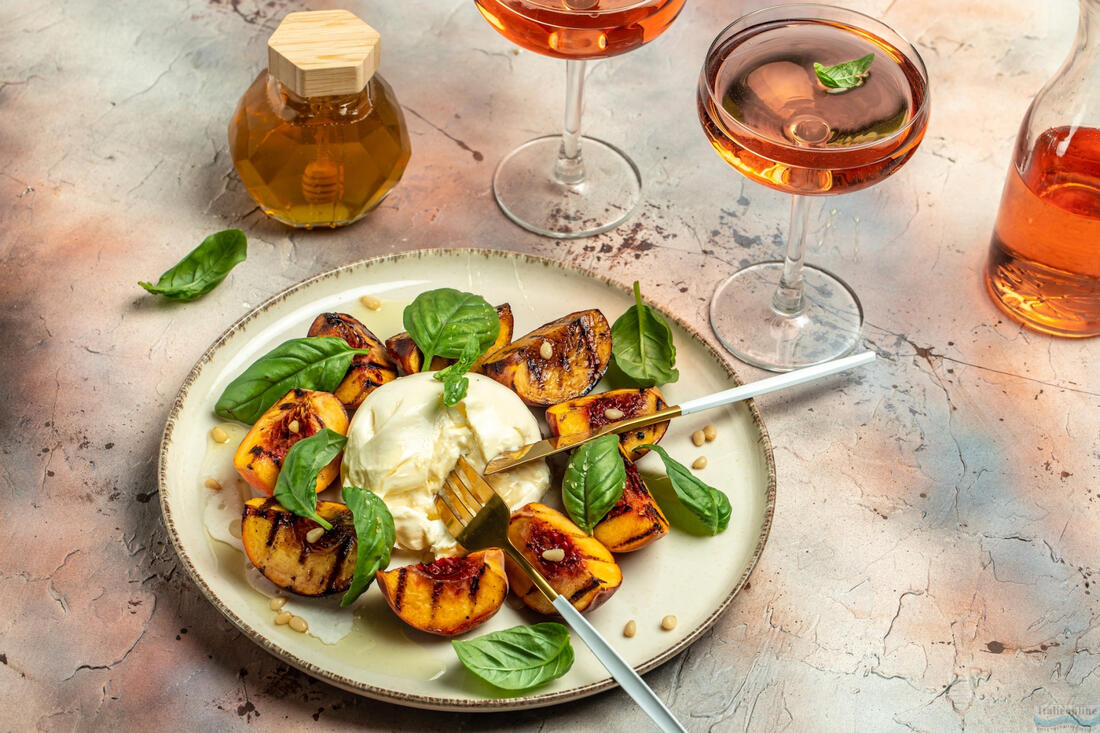
Burrata has versatile uses in the kitchen. It can be served as an appetizer, for example on sliced tomatoes and basil, or as part of main dishes. It's great on pizza, in salads or as an accompaniment to pasta.burrata can also be served on bruschetta or on a slice of toasted bread with extra virgin olive oil, garlic, fresh tomatoes and basil. Burrata can also be bought smoked.
White wine is a great accompaniment.


